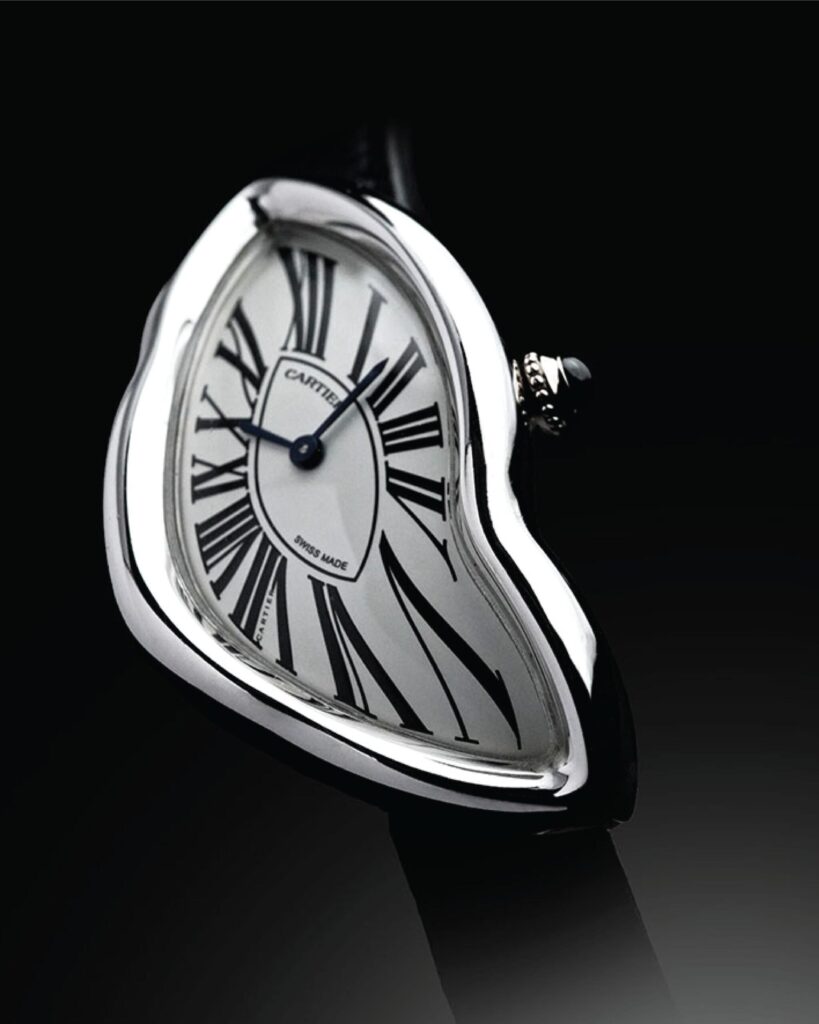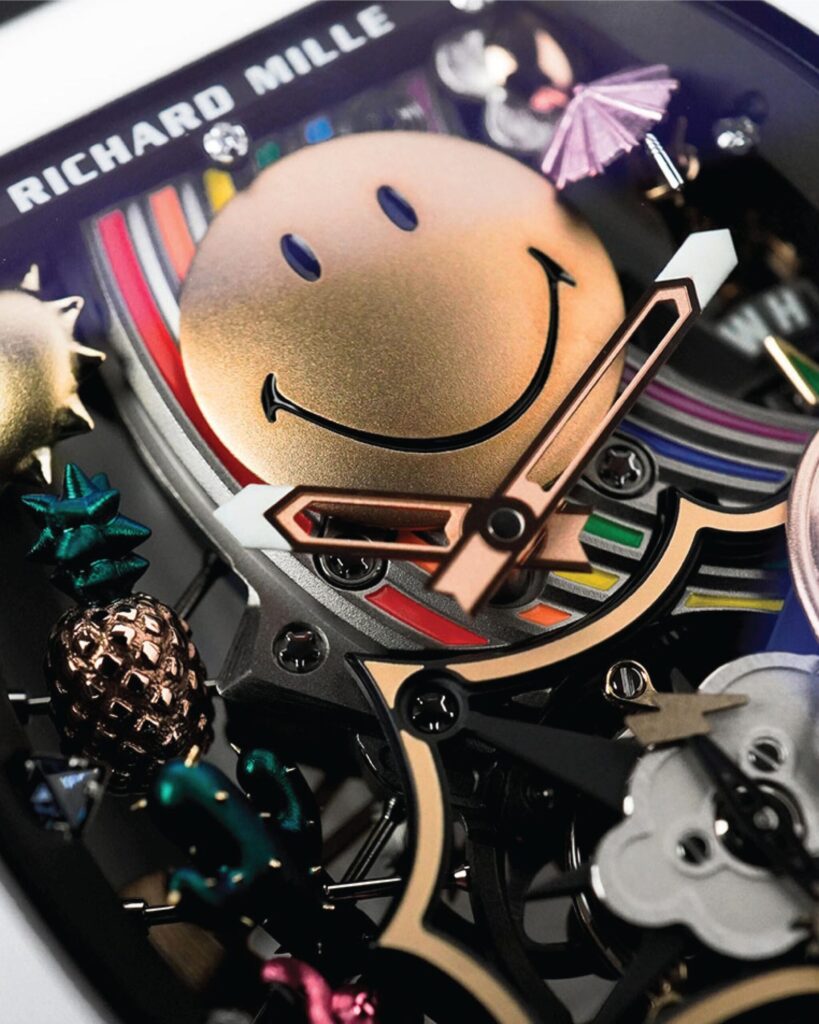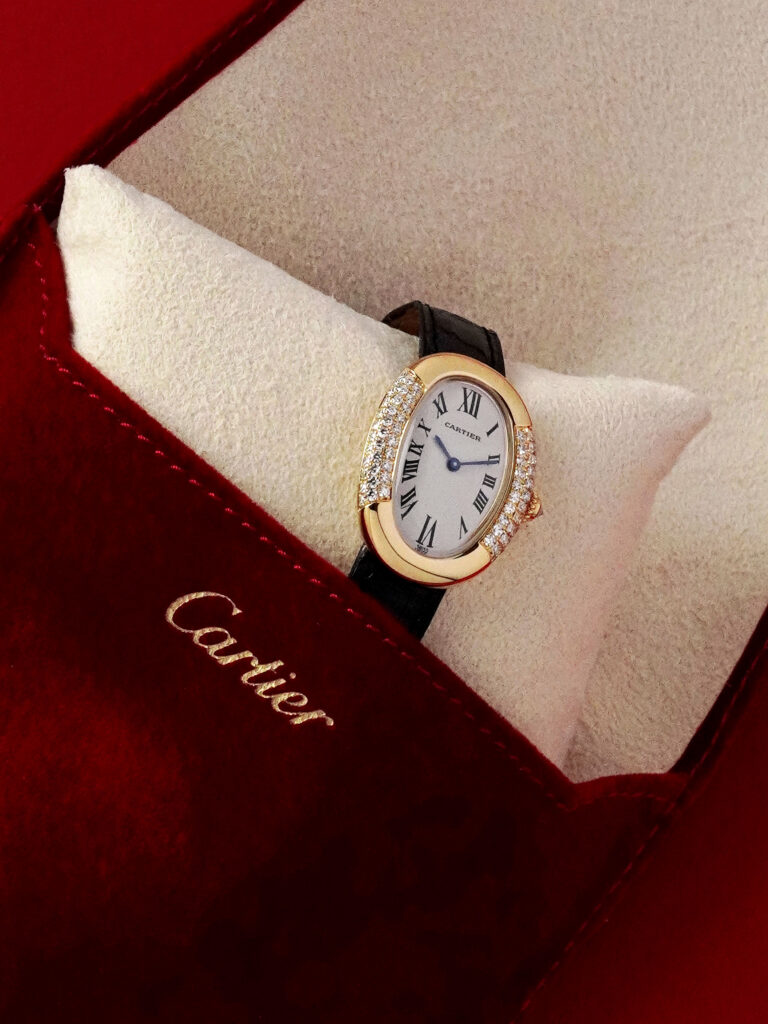In today’s world, where traditional investments like stocks and bonds can feel unpredictable, more people are turning to unique, tangible assets that hold both emotional and financial value. Luxury collectibles, such as limited-edition art pieces, classic cars, and high-end fashion items, have become more than just luxury – they’re becoming solid investments.
Art, too, has seen a similar transformation. Take the record-breaking sale of David Hockney’s “Portrait of an Artist (Pool with Two Figures)”, which sold for $90 million at auction. Art is no longer just about aesthetic value – it’s about owning a piece of history, something that will only increase in value. Similarly, the market for classic cars like the Ferrari 250 GTO, which has fetched upwards of $48 million at auctions, highlights how material objects, once seen purely as possessions, have become financial assets. This shift is changing how we view luxury. It’s not just about what we wear or drive – it’s about investing in something that can gain value over time.
Auction houses like Sotheby’s and Phillips have seen record-breaking sales, with rare and limited-edition pieces fetching astonishing prices. The popularity of watch auctions, for instance, has skyrocketed with pieces like the Rolex Daytona or the Patek Philippe Grand Complication becoming sought-after collector’s items. These collectibles are no longer just for the elite; they are sought after by investors looking to diversify their portfolios. Much like fine art or classic cars, these items are valuable not just for their craftsmanship but for their rarity and the prestige that comes with owning them.
As more people look for alternative ways to safeguard their wealth, collectibles are proving to be a smart option. Their value goes beyond aesthetics; it’s about owning something that grows in worth with time. Much like gold, these items hold both sentimental value and financial worth, representing an investment in both culture and legacy.






